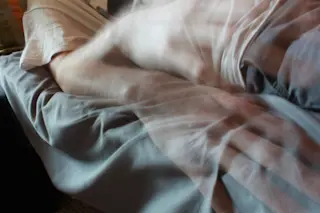There has been yet another attempt to identify the unique traits of Einstein’s brain, this one by anthropologist Dean Falk of Florida State University in Tallahassee. Falk did not have access to the actual brain, so she used techniques developed for the examination of fossils and applied them to photographs of Einstein’s brain taken after his death. In a study published in Frontiers in Evolutionary Neuroscience last May, Falk reports that the brain exhibited “an unusual mixture of symmetrical and asymmetrical features” that may have contributed to Einstein’s genius.
For one thing, the parietal lobes of the great scientist’s brain were wider than normal (something that other researchers have noted in the past), and its grooves and ridges were oddly patterned. These details are important, Falk says, because the brain’s parietal lobes process numbers; they also integrate sensory information from different parts of the body. She believes that the novelties ...














